Direct-to-Consumer Telehealth: Balancing Convenience with Continuity of Care
In an era where convenience reigns supreme, the allure of direct-to-consumer telehealth services is undeniable. It promises easy access to healthcare providers and the convenience of online consultations, it's no wonder that nearly a third of adults ages 50 to 80 express interest in utilizing these services. However, as this trend continues to gain momentum, it's essential to examine the potential risks and implications for patient safety and continuity of care. A few weeks ago, I spoke about how senior adults do not want to tell their physicians if they saw a telemedicine doctor that is from one of these companies. Suffice it to say, that means that there might be new medications that the primary care doctors do not know about.
I understand it though. Direct-to-consumer telehealth platforms offer a tantalizing proposition: convenient online access to healthcare providers who can evaluate symptoms, make diagnoses, and prescribe medication. This model holds particular appeal in light of primary care physician shortages and the increasing demand for accessible healthcare services. Yet, beneath the surface lies a potential minefield of challenges, particularly for older adults who may have complex medical histories and multiple medications.
One of the primary concerns with direct-to-consumer telehealth is the lack of continuity of care. These clinicians often do not have access to a patient's complete health history, including existing medications, chronic conditions, and past medical procedures. Without this information, there is a larger risk of drug interactions, medication errors, and other adverse health outcomes. Given that nearly all older adults take prescription medications, with many taking multiple medications concurrently, the stakes are high when it comes to ensuring safe and effective care.
I want to stress, however, that these companies came out of a need. They are convenient which 55% of people state is the reason they use them. Also it is sometimes hard to get appointments with your regular doctor (which 20% of people said made them use these companies). So it is also a healthcare system failure. People are going to go get care where they can if it’s offered.
So what is the solution? It is imperative for all healthcare providers to prioritize continuity of care and inquire about any prescriptions or diagnoses patients may have received through direct-to-consumer telehealth services. Also patients should share this information - it is better for your doctor to know.
While direct-to-consumer telehealth offers undeniable benefits in terms of accessibility and convenience, it is essential to strike a balance between these advantages and the imperative of continuity of care. As the healthcare landscape continues to evolve, providers, insurers, and regulators must work together to ensure that patient safety remains paramount in the era of telehealth expansion.
The rise of direct-to-consumer telehealth represents a paradigm shift in healthcare delivery—one that holds immense promise but also requires careful consideration of its potential implications. I will never say that telehealth should be limited. But we should also realize that piecemeal care was not and never the goal of telemedicine. It should be leading to better, more quality care.
